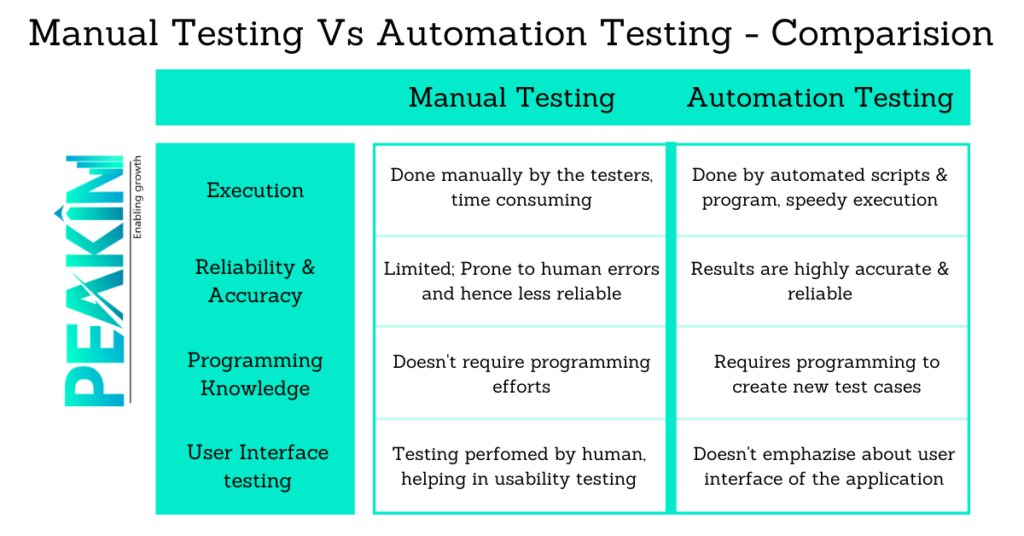Code QA" generally refers to Top quality Assurance processes and even activities linked to the particular codebase of a software program application. Quality Assurance (QA) in software program development involves methodically making sure the application meets specified requirements and functions reliably. Code QA centers specifically within the quality of the origin code, aiming to be able to identify and fix defects, improve maintainability, and adhere to coding standards. Below are key factors related to signal QA:
Code Opinions:
Conducting systematic opinions of source computer code by peers or senior developers in order to ensure adherence to be able to coding standards, ideal practices, and identify potential issues.
Static Code Analysis:
Employing automated tools to assess the source code without executing it. Static code analysis helps identify issues for example code scents, potential bugs, in addition to adherence to code standards.
Unit Testing:

Developing and carrying out unit tests to check the correctness involving individual units or components of the code. Unit testing are crucial with regard to catching defects early on inside the development procedure.
Code Coverage:
Computing the extent in order to which the source code is exercised by automated tests. follow this link assist assess the thoroughness of testing efforts.
Integrtion Testing:
Verifying the interaction involving different components to ensure they work jointly as intended. The usage tests are vital for detecting concerns that may happen when different parts of the code are combined.
Robotisation Testing:
Developing in addition to maintaining automated assessments to continuously confirm the functionality and satisfaction of the computer code. Automated testing assists catch regressions and ensures consistent quality.
Peer Programming:
Collaborative programming where a couple of developers work jointly on the same item of code. This practice can enhance code quality by way of real-time feedback and even knowledge sharing.
Program code Standards and Suggestions:
Establishing and enforcing coding standards and even guidelines to ensure consistency through the codebase. This includes features like naming events, code structure, in addition to documentation.
Continuous The usage (CI) and Constant Deployment (CD):
Adding QA processes in to CI/CD pipelines in order to automatically build, test, and deploy code changes. This makes certain that new code changes do not introduce defects and could be reliably implemented.
Code Refactoring:
Reorganization, rearrangement, reshuffling and improving the present code without modifying its external habits. Code refactoring is done to enhance maintainability, readability, and general code quality.
Defect Tracking:
Monitoring plus managing defects or issues identified throughout testing. Defect traffic monitoring helps prioritize plus address issues efficiently.
Documentation:
Maintaining complete documentation for the codebase, including in-line comments, README data, and other pertinent documentation to assist developers and additional stakeholders.
Code QA is an crucial part of typically the broader quality assurance method in software development. By concentrating on the quality of the source code, agencies can produce very reliable and maintainable software program while reducing the possibilities of defects and increasing overall development productivity.
